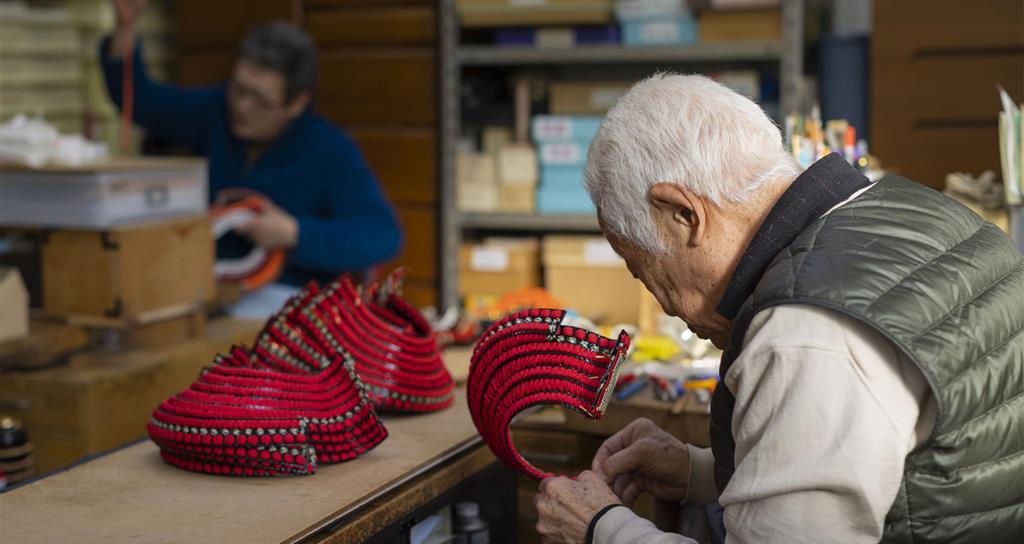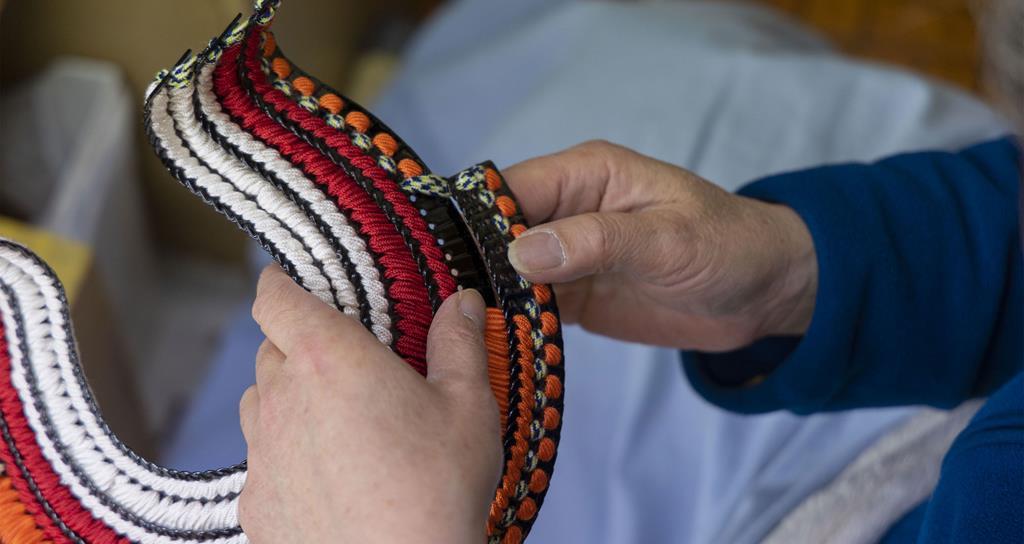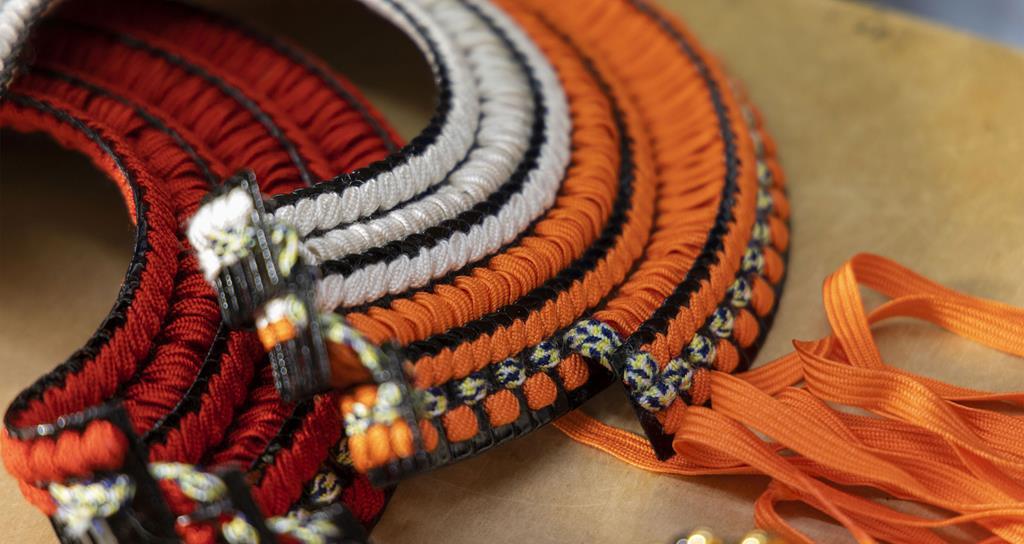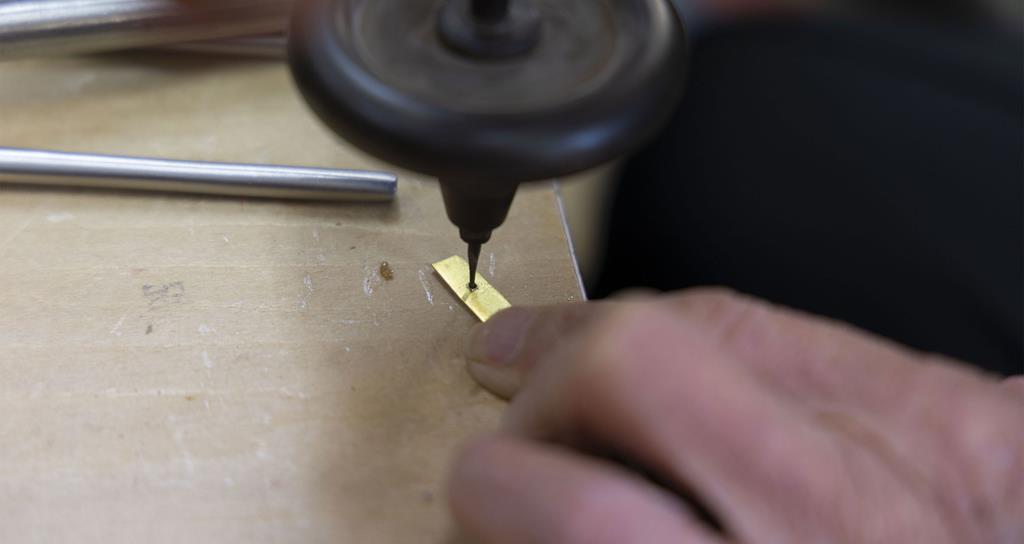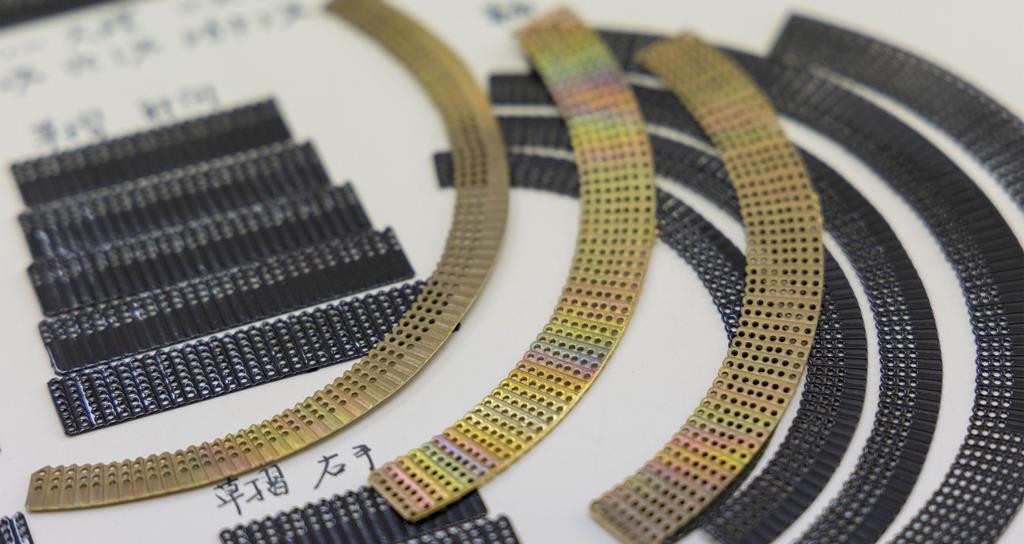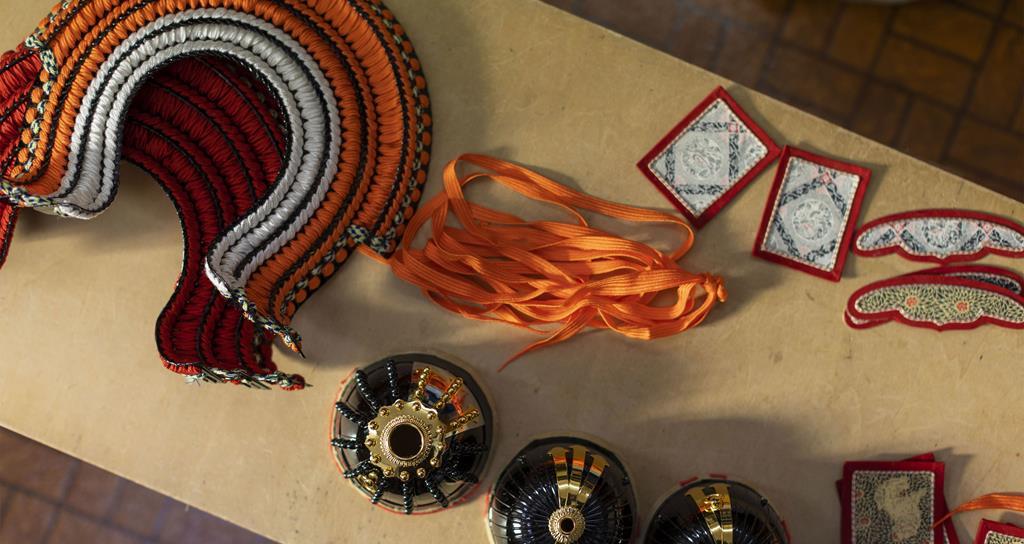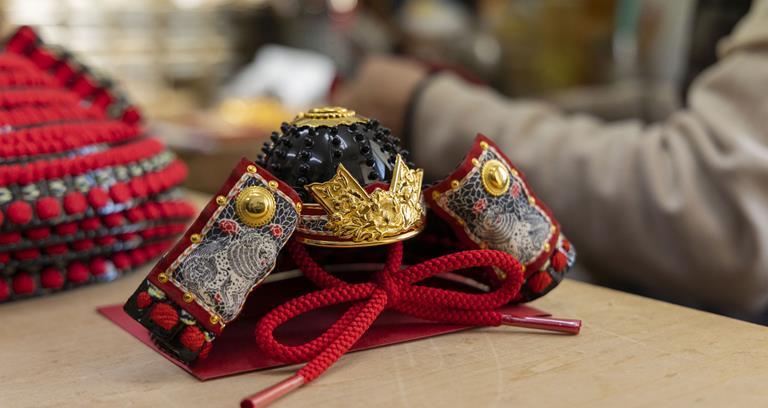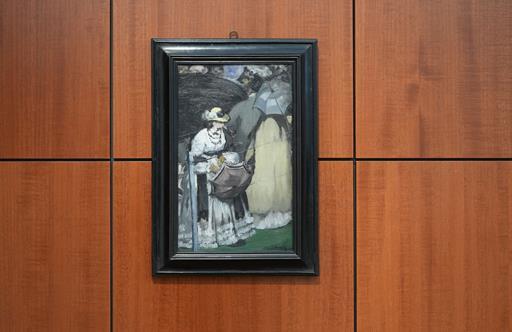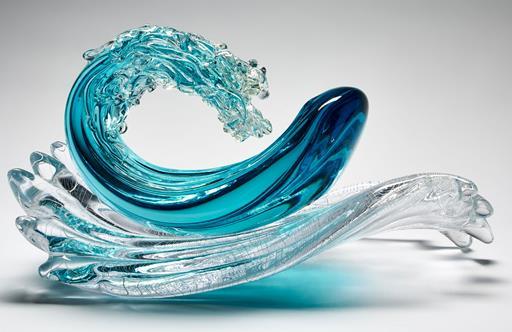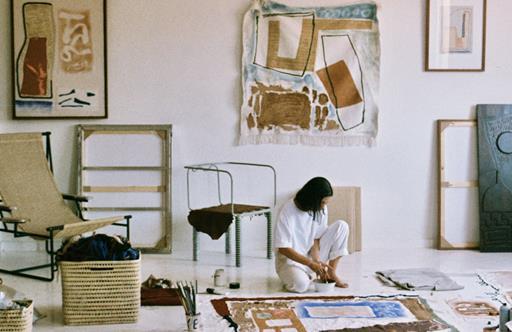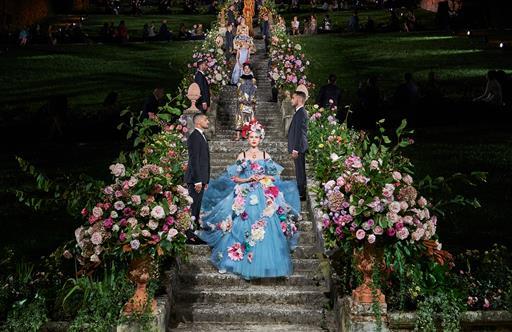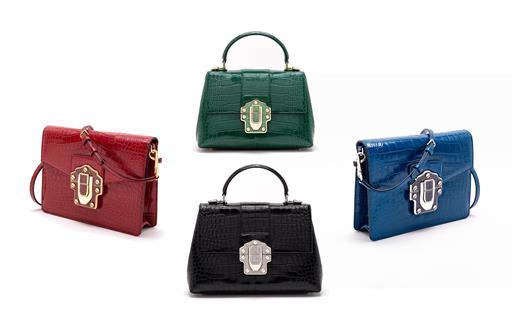Armoured Honour
Japanese armour, also known as Kacchū, is said to be “the most beautiful armour in the world”. Its tour-de-force, made possible only through the complex use of materials by the hands of master craftsmen, is only revealed through TOKI

Metal, lacquer, braided silk and leather are just a handful of materials used, in a process entailing 50,000 stages, to create this intricate Japanese armour. It is an incredible skill that is handed down to generations of craftsmen since feudal Japan, when it functioned as protection for warlords and their soldiers. Nowadays, Kacchū is made only for decorative purposes for festivals and rituals - a tradition that started in the Edo period – with many customers requesting their bespoke designs in different colours.
Many of the inspirations are derived from national treasures, armour used at the time of Samurais and the craftsmen known as Kacchū-shi dutifully preserve the accuracy by mirroring the design characteristics from various periods.
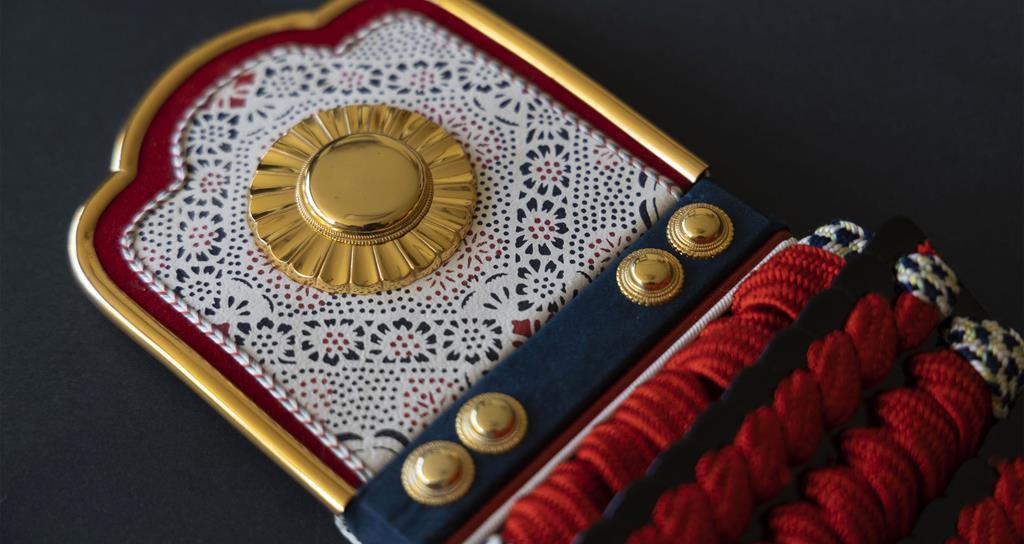
The skills and process applied to produce such pieces rarely reach the eye of the public, but taking a closer look at the masters in action and an interactive session experiencing the craft first-hand are made possible through TOKI, an authentic cultural experience tour provider based in Japan. Their initiative is reciprocal – it does not just provide invaluable opportunities for those who take part in tours, encountering rich facets and diverse skills of artisans entailed in making traditional treasures, but it also helps sustain the craftsmanship for many years to come.
A visit to the three-generation atelier, for instance, of a master craftsman who has started his career at age of 11, does not just allow visitors to be up and close and personal with the masters at work, but to be hands-on through crafting their own Kumihimo, a traditional braid, as a token of the fond memory of experiencing Japanese tradition and culture – one of many such encounters only available through TOKI.
